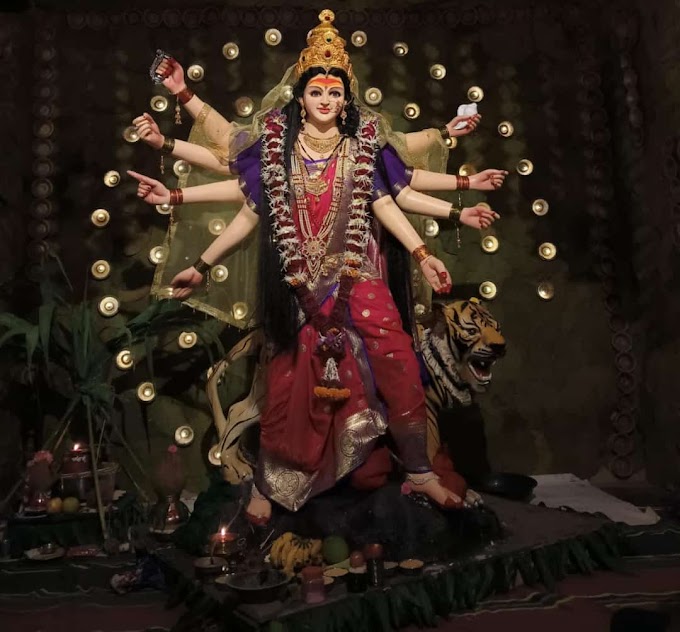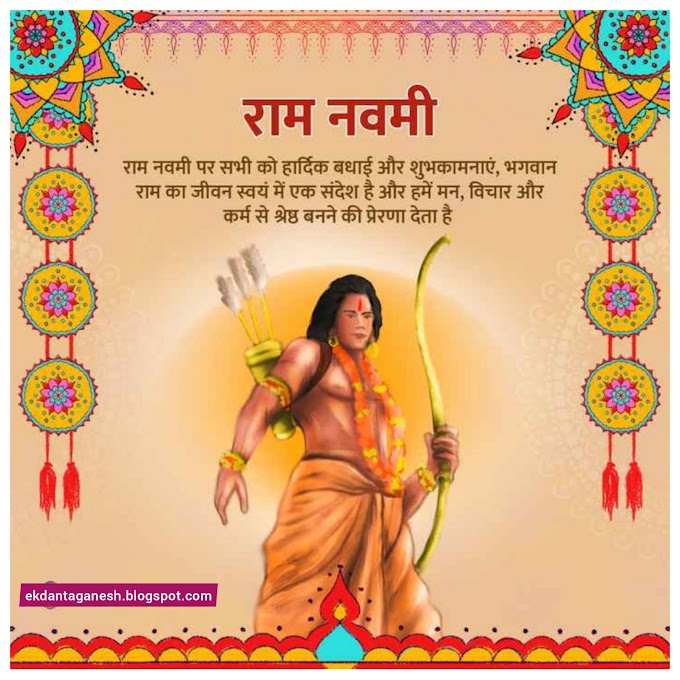भगवद गीता: आत्म-साक्षात्कार के लिए अंतिम मार्गदर्शिका
The Bhagavad Gita (Sanskrit: श्रीमद्भगवद्गीता, śrīmadbhagavadgītā, lit. "The Song by God"), often referred to as the Gita, is a 700-verse Hindu scripture that is part of the epic Mahabharata. It is composed in the form of a dialogue between Prince Arjuna and Krishna, an avatar (incarnation) of the god Vishnu.
- Context and Theme
The Gita is set in a narrative framework of a war between two branches of the same family, the Pandavas and the Kauravas, over their kingdom of Hastinapura. Arjuna, one of the Pandava brothers, is filled with doubt and despair about the violence and death that the war will cause. He turns to Krishna, his charioteer and friend, for guidance.
Krishna advises Arjuna to fulfill his duty as a warrior and to uphold the dharma (righteousness) through action (karma). He also reveals his true cosmic nature as the Supreme Self (Atman) and the Supreme Being (Brahman), and teaches Arjuna various paths to liberation (moksha) or freedom from the cycle of rebirth (samsara).
The Gita presents a synthesis of Hindu ideas about dharma, karma, bhakti (devotion), jnana (knowledge), and yoga (discipline). It also incorporates elements from the Samkhya-Yoga philosophy, which stresses a dualism between soul and matter.
- Structure and Content
The Gita consists of 18 chapters or discourses, each containing a number of verses. The chapters are divided into three sections according to their theme:
- The first six chapters deal with karma yoga, or the path of action. They focus on how to perform one's duty without attachment to the results, and how to control one's mind and senses through self-discipline.
- The next six chapters deal with bhakti yoga, or the path of devotion. They focus on how to surrender one's will to Krishna, and how to cultivate love and faith in him as the supreme goal of life.
- The last six chapters deal with jnana yoga, or the path of knowledge. They focus on how to attain wisdom and insight into the true nature of reality, and how to realize one's identity with Brahman.
The Gita also contains many other topics, such as the four varnas (social classes), the four ashramas (stages of life), the three gunas (qualities of nature), the four types of yoga (karma, bhakti, jnana, and raja), and the three types of sacrifices (sattvic, rajasic, and tamasic).
- Influence and Significance
The Gita is one of the most revered Hindu texts, and has a unique pan-Hindu influence. It has been interpreted by various schools of thought, such as Advaita Vedanta, Vishishtadvaita, Dvaita Vedanta, and Bhedabheda. It has also inspired many poets, philosophers, leaders, and thinkers across time and cultures.
The Gita is considered as a guide for spiritual seekers who face ethical and moral dilemmas in life. It is also seen as an allegory for the inner battle between one's lower and higher self. The Gita teaches that one can achieve peace and happiness by following one's dharma with detachment, devotion, and wisdom.
Here is some content about the Bhagavad Gita:
- The Bhagavad Gita is a dialogue between the warrior Arjuna and his charioteer Krishna, who is an avatar (incarnation) of the god Vishnu.
- The Gita is set in a narrative framework of a war between two branches of the same family, the Pandavas and the Kauravas, over their kingdom of Hastinapura.
- Arjuna, one of the Pandava brothers, is filled with doubt and despair about the violence and death that the war will cause. He turns to Krishna, his charioteer and friend, for guidance.
- Krishna advises Arjuna to fulfill his duty as a warrior and to uphold the dharma (righteousness) through action (karma). He also reveals his true cosmic nature as the Supreme Self (Atman) and the Supreme Being (Brahman), and teaches Arjuna various paths to liberation (moksha) or freedom from the cycle of rebirth (samsara).
- The Gita presents a synthesis of Hindu ideas about dharma, karma, bhakti (devotion), jnana (knowledge), and yoga (discipline). It also incorporates elements from the Samkhya-Yoga philosophy, which stresses a dualism between soul and matter.
- The Gita consists of 18 chapters or discourses, each containing a number of verses. The chapters are divided into three sections according to their theme:
- The first six chapters deal with karma yoga, or the path of action. They focus on how to perform one's duty without attachment to the results, and how to control one's mind and senses through self-discipline.
- The next six chapters deal with bhakti yoga, or the path of devotion. They focus on how to surrender one's will to Krishna, and how to cultivate love and faith in him as the supreme goal of life.
- The last six chapters deal with jnana yoga, or the path of knowledge. They focus on how to attain wisdom and insight into the true nature of reality, and how to realize one's identity with Brahman.
- The Gita also contains many other topics, such as the four varnas (social classes), the four ashramas (stages of life), the three gunas (qualities of nature), the four types of yoga (karma, bhakti, jnana, and raja), and the three types of sacrifices (sattvic, rajasic, and tamasic).
- The Gita is one of the most revered Hindu texts, and has a unique pan-Hindu influence. It has been interpreted by various schools of thought, such as Advaita Vedanta, Vishishtadvaita, Dvaita Vedanta, and Bhedabheda. It has also inspired many poets, philosophers, leaders, and thinkers across time and cultures.
- The Gita is considered as a guide for spiritual seekers who face ethical and moral dilemmas in life. It is also seen as an allegory for the inner battle between one's lower and higher self. The Gita teaches that one can achieve peace and happiness by following one's dharma with detachment, devotion, and wisdom.
Here are some additional facts about the Bhagavad Gita:
- The Gita is one of the most translated books in the world, with translations into over 100 languages.
- The Gita has been adapted into many different forms, including films, plays, and musical works.
- The Gita is a popular subject of study in academic settings, and there are many books and articles that have been written about it.
- The Gita continues to be a source of inspiration for people around the world, and its teachings are relevant to people of all faiths and backgrounds.












